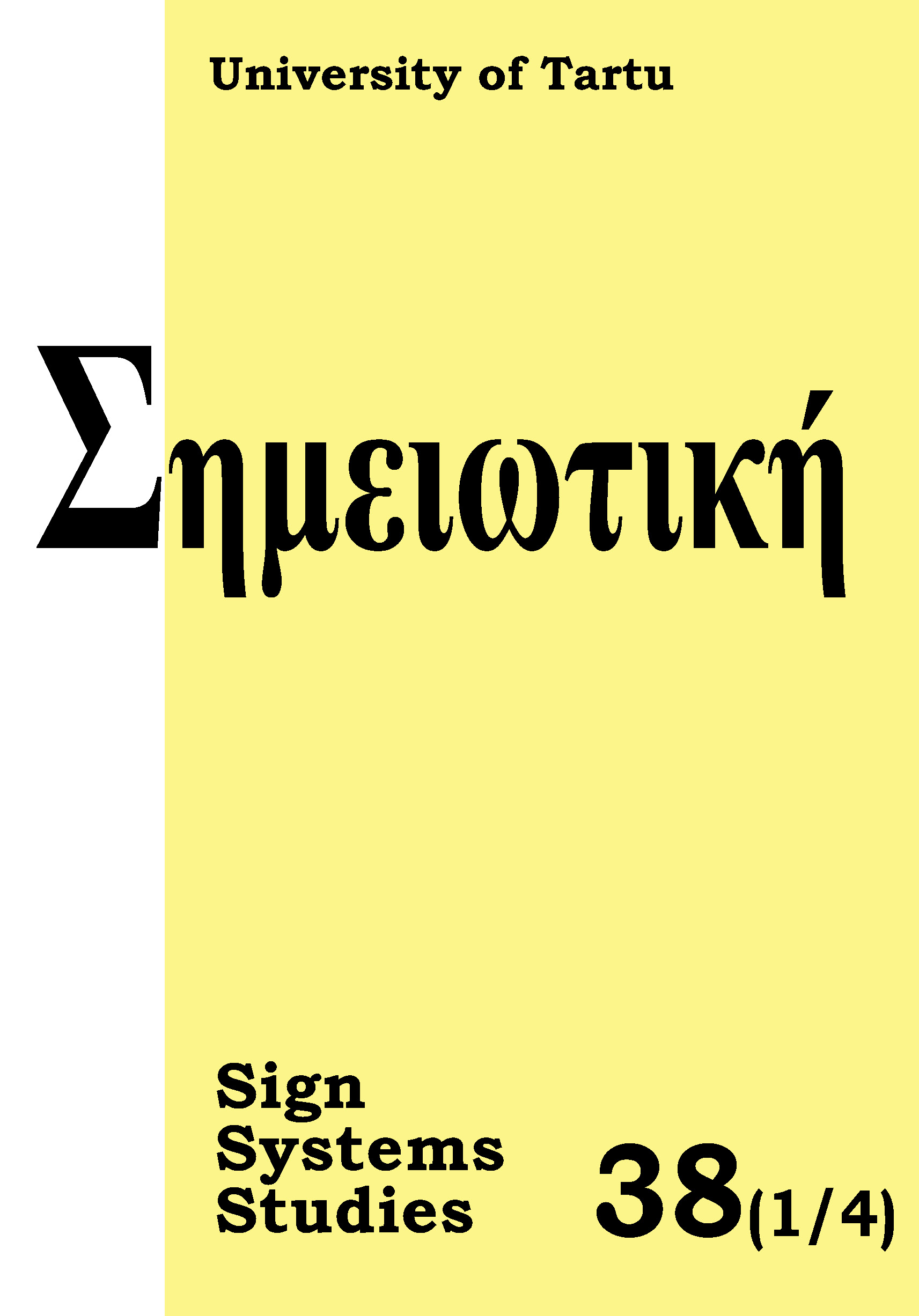Semiotic modeling of mimicry with reference to brood parasitism
DOI:
https://doi.org/10.12697/SSS.2010.38.1-4.12Abstract
Biological mimicry can be considered as having a double-layered structure: there is a layer of ecological relations between species and there is a layer of semiotic relations of the sign. The present article demonstrates the limitations of triadic models and typologies of mimicry, as well as their lack of correspondence to mimicry as it actually occurs in nature. It is argued that more dynamical semiotic tools are needed to describe mimicry in a theoretically coherent way that would at the same time allow comparative approach to various mimicry cases. For this a five-stage model of analysis is proposed, which incorporates classical mimicry theory, Jakob von Uexküll’s Umwelt-theory, as well as semiotic and communication analysis. This research model can be expressed in the form of five questions: 1) What is the formal structure of mimicry system? 2) What are the perceptual and effectual correspondences between the participants of mimicry? 3) What are the characteristics of resemblances? 4) How is the mimicry system regulated in ontogenetic and evolutionary processes? 5) How is the mimicry system related to human cultural processes? As a practical example of this semiotic methodology, brood parasitism between the common cuckoo Cuculus canorus and his frequent host species is examined.Downloads
Download data is not yet available.
Downloads
Published
2010-12-01
How to Cite
Maran, T. (2010). Semiotic modeling of mimicry with reference to brood parasitism. Sign Systems Studies, 38(1/4), 349–377. https://doi.org/10.12697/SSS.2010.38.1-4.12
Issue
Section
Articles


